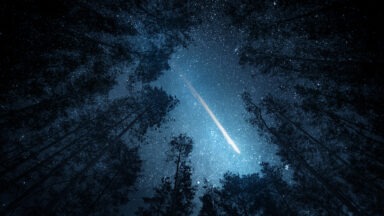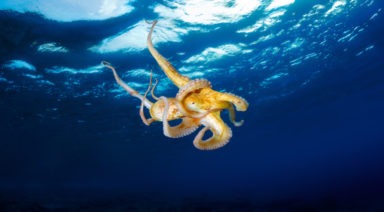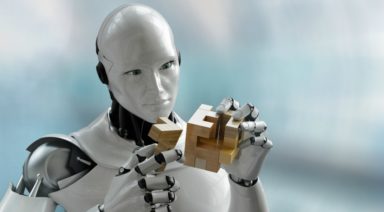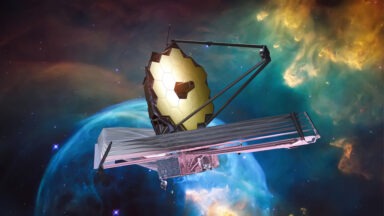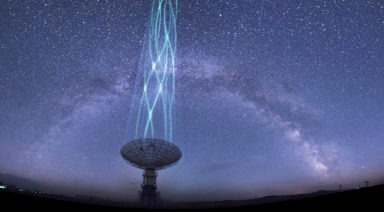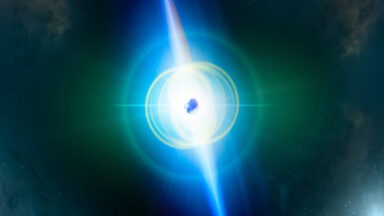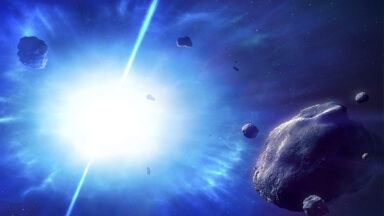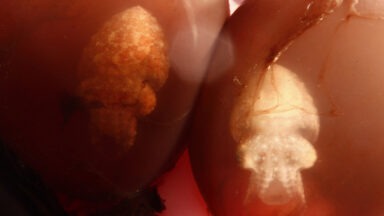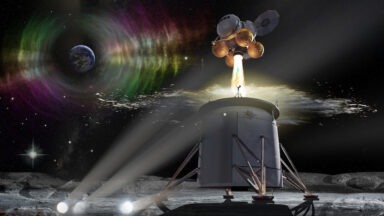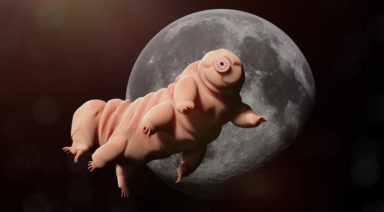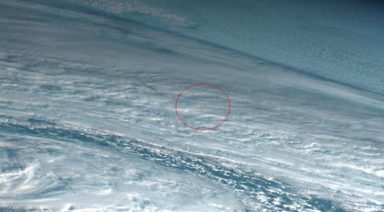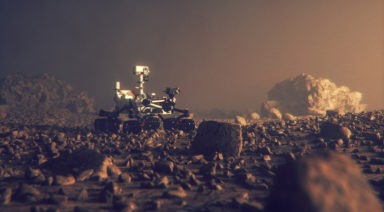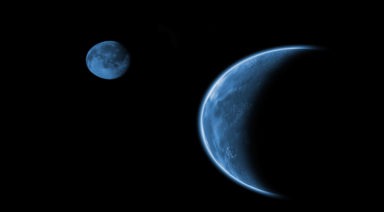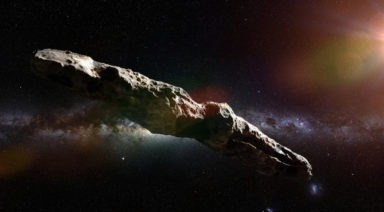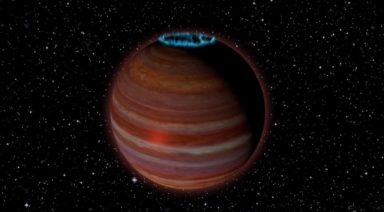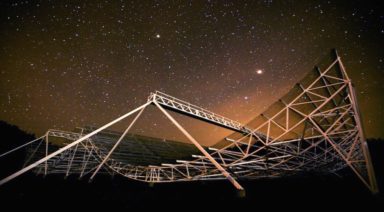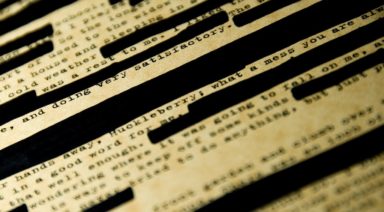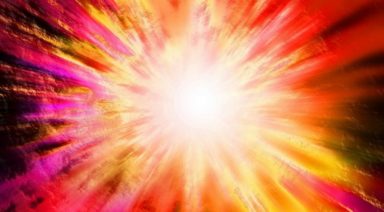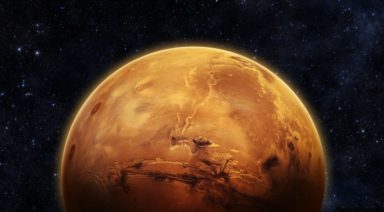Cymatics Could Help Surgeons Identify Cancer Cells for Tumor Removal
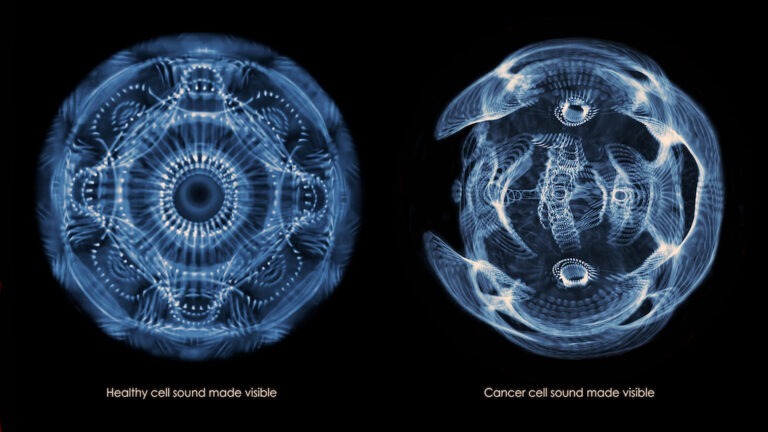
The study of cymatics has fascinated researchers for years. Now, one scientist has found a practical way to use the phenomenon to enhance targeted cancer treatments.
The study of cymatics, or the spontaneous, geometric patterns produced by sound when it encounters water or particulate matter on a surface, was coined by Swiss researcher Hans Jenny in 1967. Jenny documented the patterns that appeared when putting sand or fluid on a metal plate that was connected to a sonic frequency oscillator.
Today, acoustic-physics scientist John Stuart Reid has partnered with Dr. Sungchul Ji at Rutgers University, to apply cymatic imaging to identify cancer cells compared to healthy cells. The two hope to develop this technology to allow surgeons the ability to more precisely target cancerous cells when removing tumors.
“So, what we do with the Cymascope instrument is to literally imprint sound onto the surface and indeed the sub-surface of pure, medical-grade water and thereby make it visible with specific lighting techniques. It’s actually quite difficult for a surgeon to remove a tumor in its entirety,” Reid said.
While this type of technology would aid any procedure requiring the surgical removal of a tumor, it would be particularly groundbreaking for brain surgery and other highly sensitive areas in which healthy cells must be carefully navigated.
So, what do cancer cells look like compared to healthy cells?
“What we found was that the sounds of cancer cells are generally fairly skewed and, well, I would call them subjectively ugly,” Reid said. “Whereas the sounds from healthy cells, generally the sounds are harmonic and therefore the patterns that are created, these cymatic patterns, are very symmetrical by comparison. As the cell has a kind of respiration, it’s literally making sound all of the time, so all of our cells are singing all of the time. Actually, it’s really interesting to know that they’re singing in the audible spectrum.”
“So, in other words, if we could hear those sounds, well it would actually drive us nuts, wouldn’t it? So, it’s probably just as well that we can’t hear them, however, they are literally in the audible spectrum. It’s just a question of having specific tools that allow us to listen in to those sounds and then amplify those sounds so that we can then hear them.”
As Reid and his colleagues continue to develop the Cymascope for targeted cancer surgery, they are also looking into a number of other applications for the technology across multiple scientific disciplines.
“We are at the very beginning, you could say, of this new revolution in science in terms of making sound visible,” Reid said. “It’s extremely important because sound actually underpins virtually every science. If you think of biology even, all the biochemical reactions that are occurring in our body all of the time, they’re all based on sound if you think of it from the atomic viewpoint. So, being able to make sound visible is a really wonderful way of gaining new insights into almost every science.”
Government Admits Oumuamua Wasn't First Interstellar Object

The U.S. military confirmed the first interstellar object to hit Earth was years before Oumuamua and corroborates research done by a famous astronomer.
We’ve reported before about Oumuamua, the first interstellar object to enter our solar system in 2017, and Harvard professor Avi Loeb’s book arguing Oumuamua might be extraterrestrial. Whatever it was, its existence was remarkable as the first interstellar object to enter our solar system.
But now, we are learning that Oumuamua was the second interstellar object to enter our solar system, and this discovery was made by none other than Avi Loeb.
In 2019, Loeb, working with his student Amir Siraj, combed through the database of meteors looking for other interstellar objects. When they found evidence of a fast-moving meteor that hit the Earth, they wrote a paper arguing it was interstellar too and preceded Oumuamua by almost four years.
“The referees of the paper that we wrote rejected the paper, and argued that it should not be published,” Loeb said. “Because they don’t trust the government and perhaps the uncertainties that are often quantified in the scientific literature as ‘error bars,’ which they are just the level of uncertainty in the measurements (that) are unknown.”



